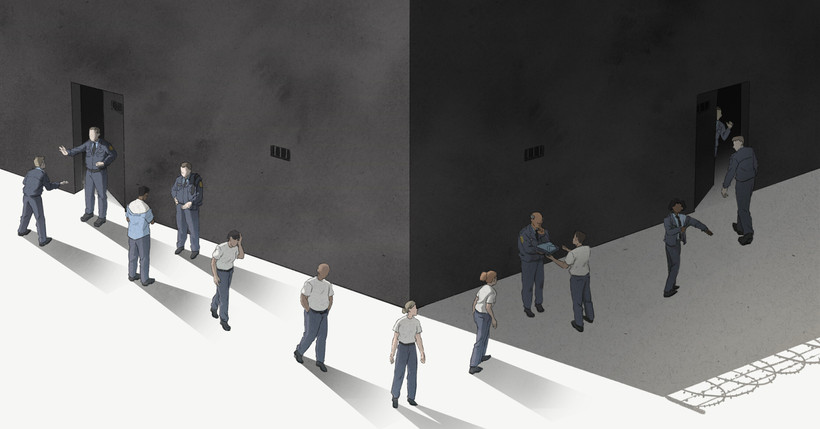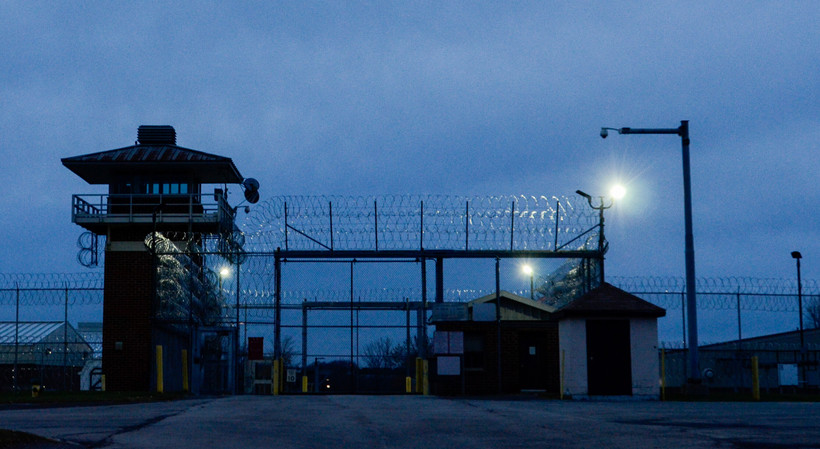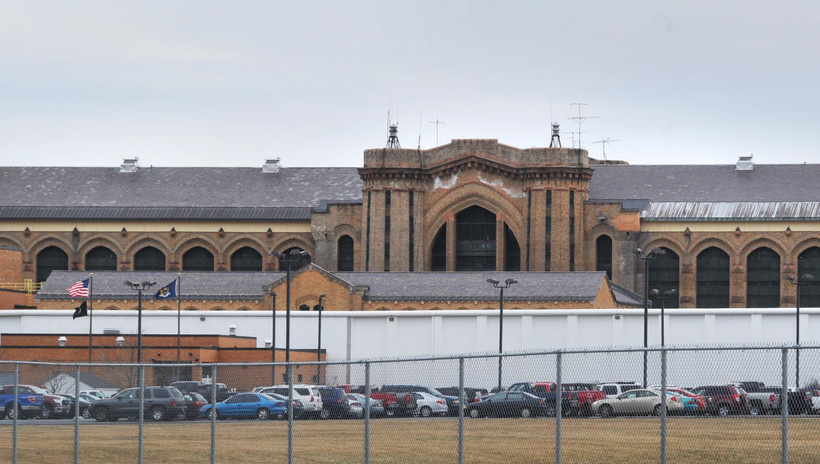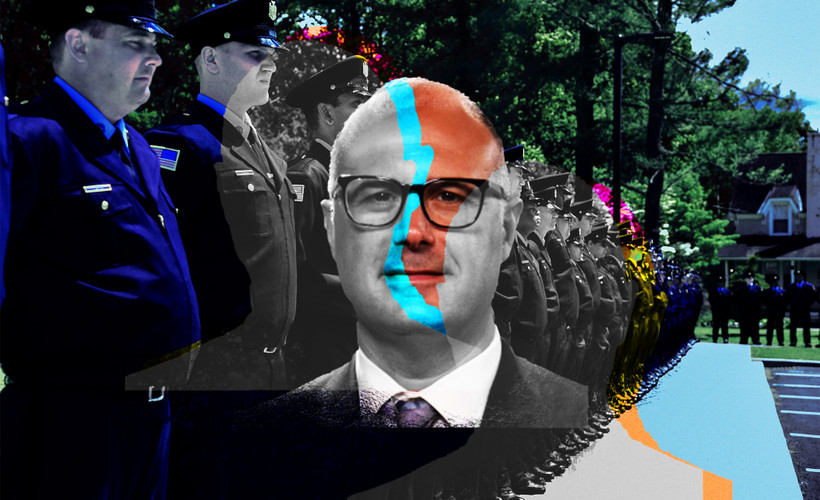‘A Crazy System’: How Arbitration Puts Abusive Guards Back in New York Prisons
Over a 12-year span, three out of every four state correctional officers fired for abuse or covering it up got their jobs back.

This article was published in partnership with The Marshall Project, a nonprofit news organization covering the US criminal justice system. Sign up for their newsletters, and follow them on Instagram, TikTok, Reddit, and Facebook.
This article was published in partnership with The Marshall Project, a nonprofit news organization covering the US criminal justice system. Sign up for their newsletters, and follow them on Instagram, TikTok, Reddit, and Facebook.
“They’re protecting the bad COs.”

“Unfortunately, the department as a whole has been very comfortable with lying on reports for years.”
“It is a system that is independent, fair, and just.”






